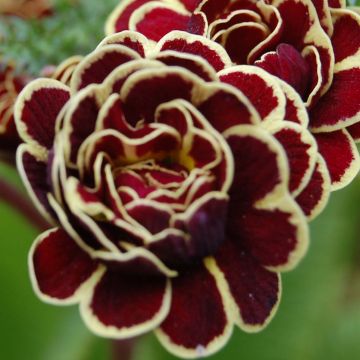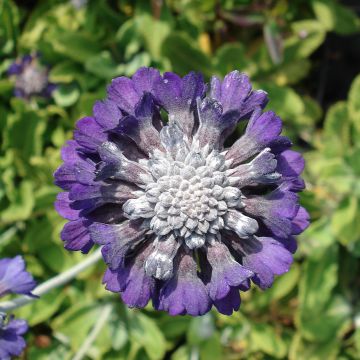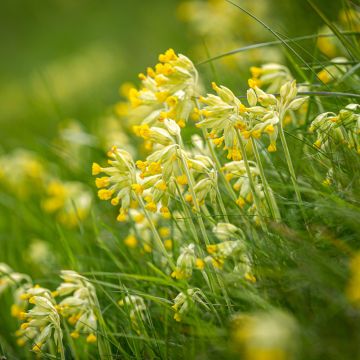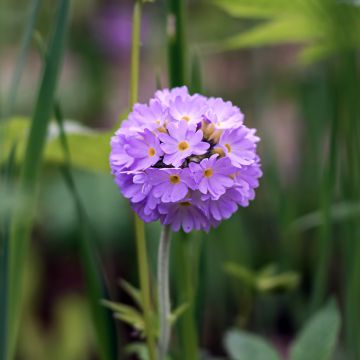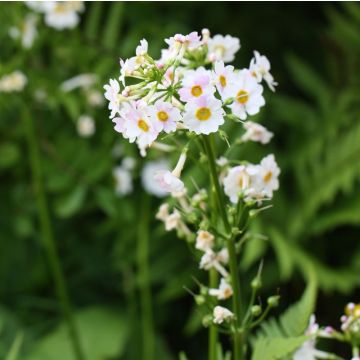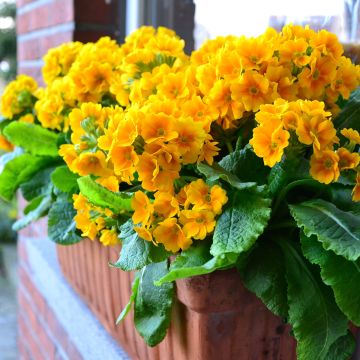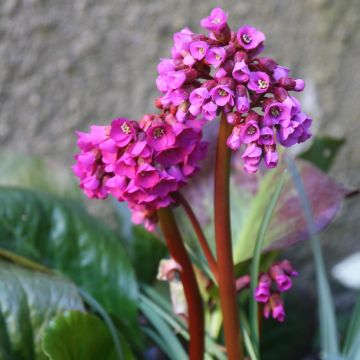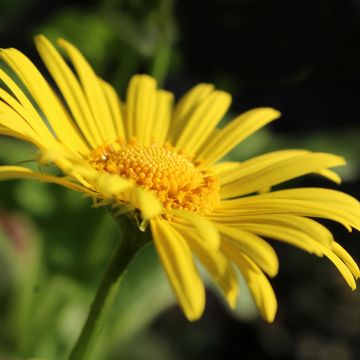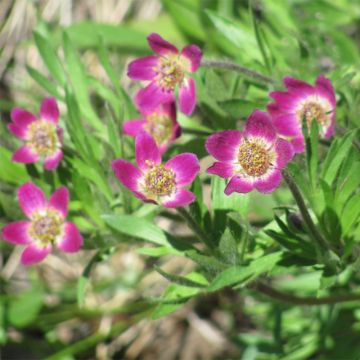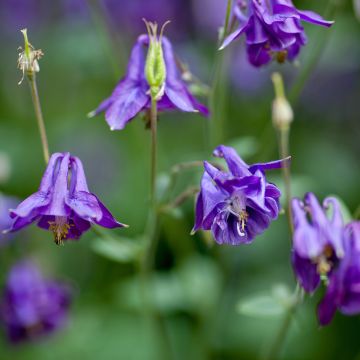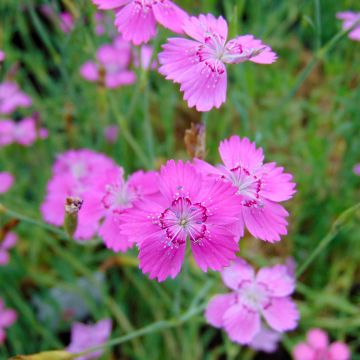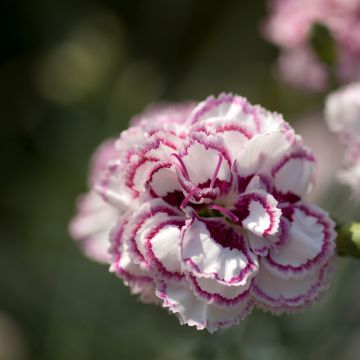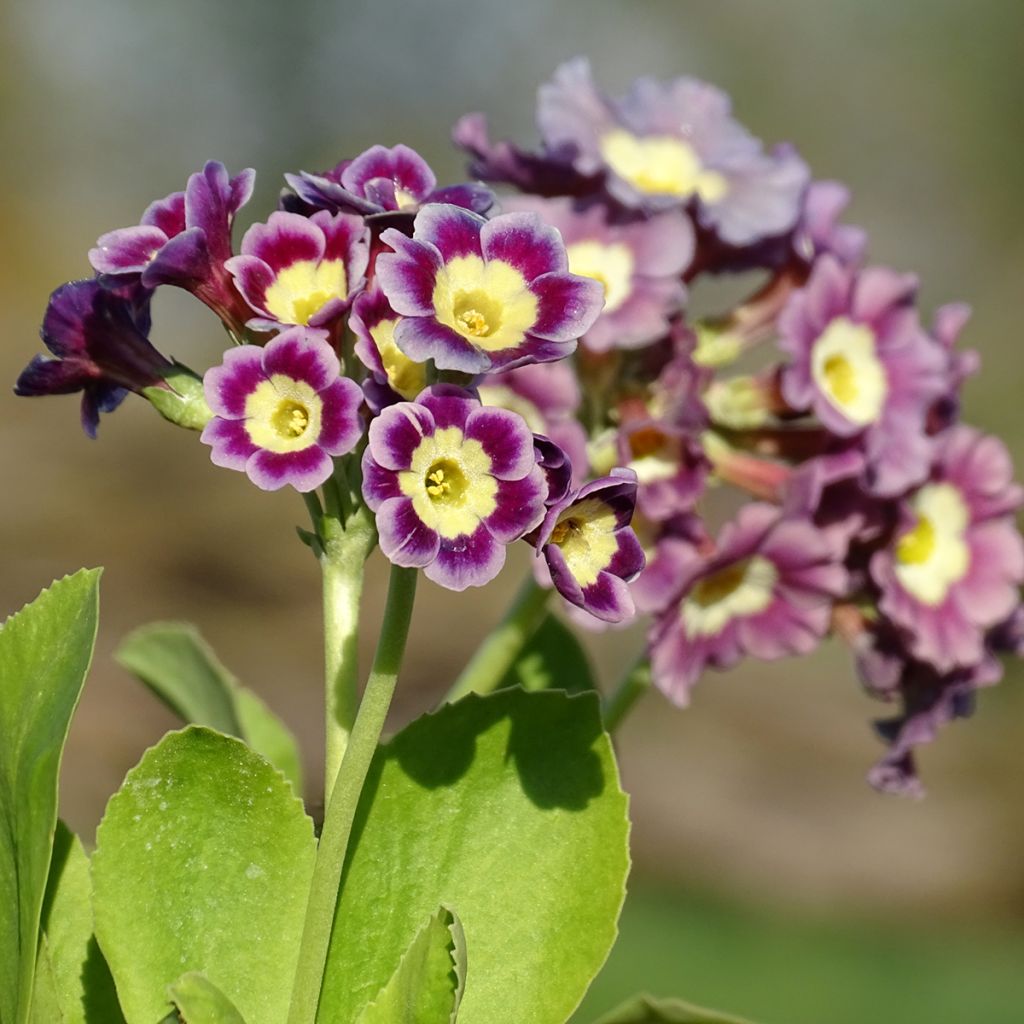

Primula x pubescens - Tyrol Primrose
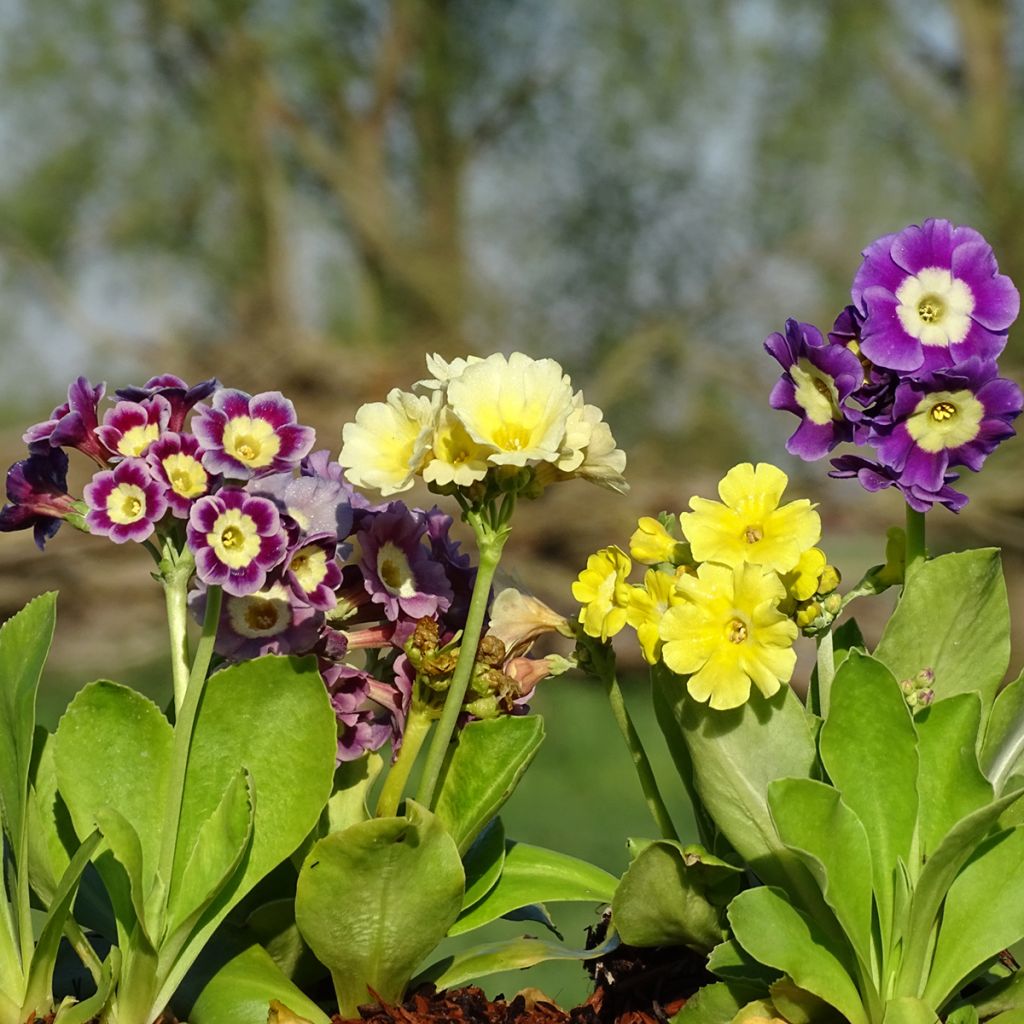

Primula x pubescens - Tyrol Primrose
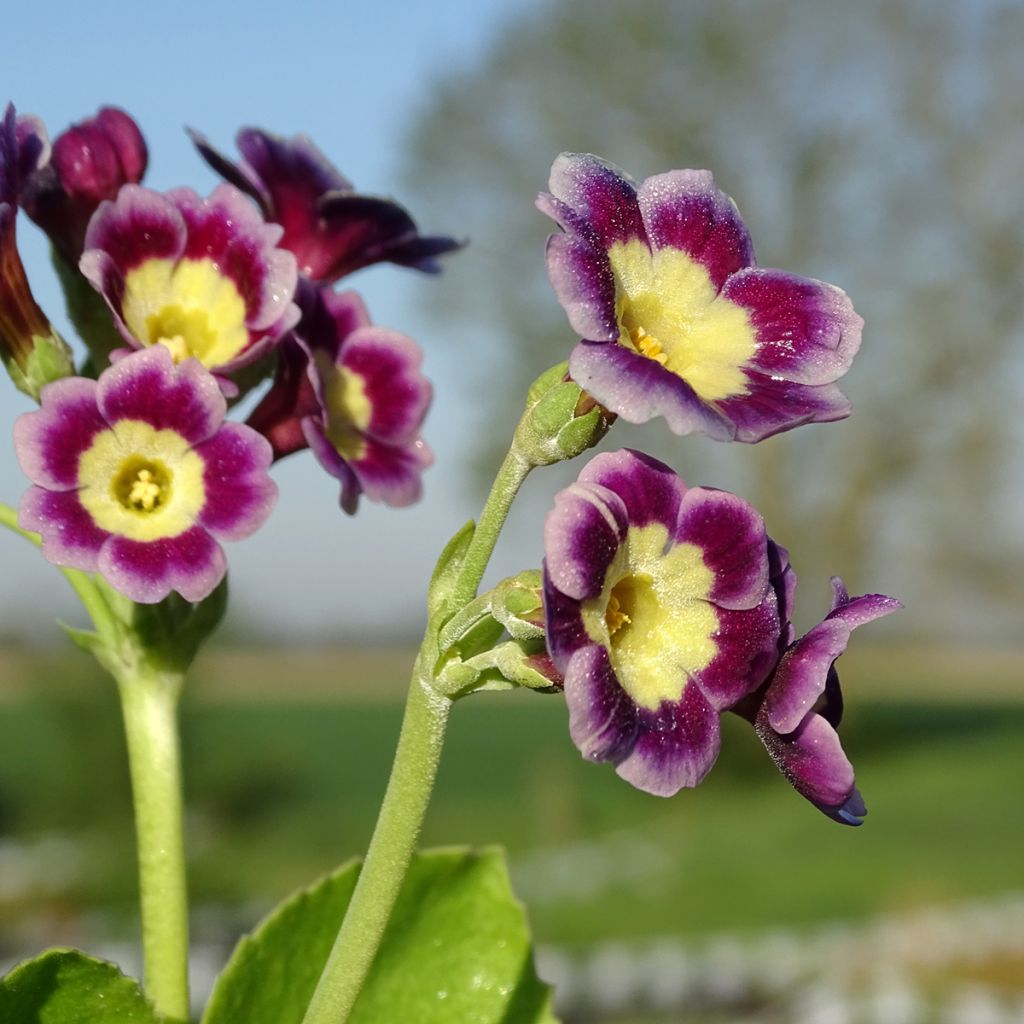

Primula x pubescens - Tyrol Primrose
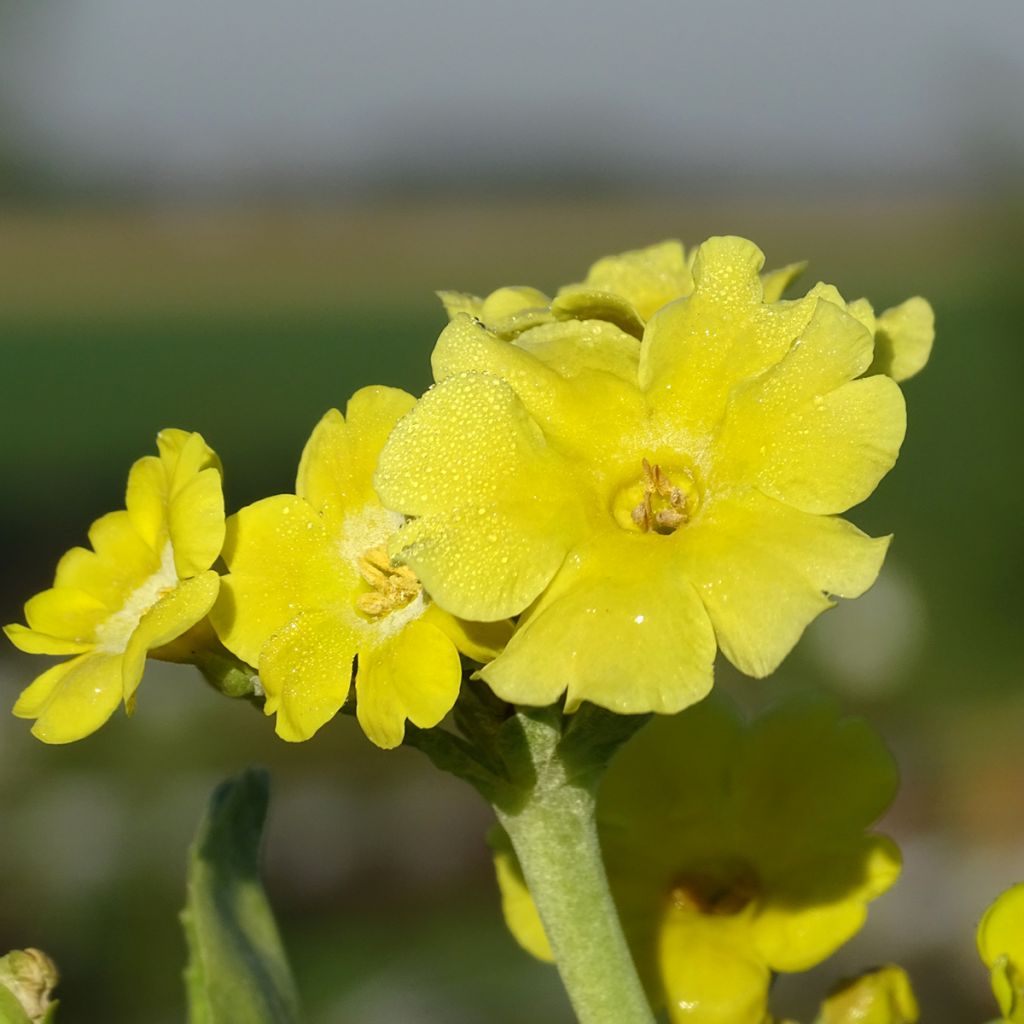

Primula x pubescens - Tyrol Primrose
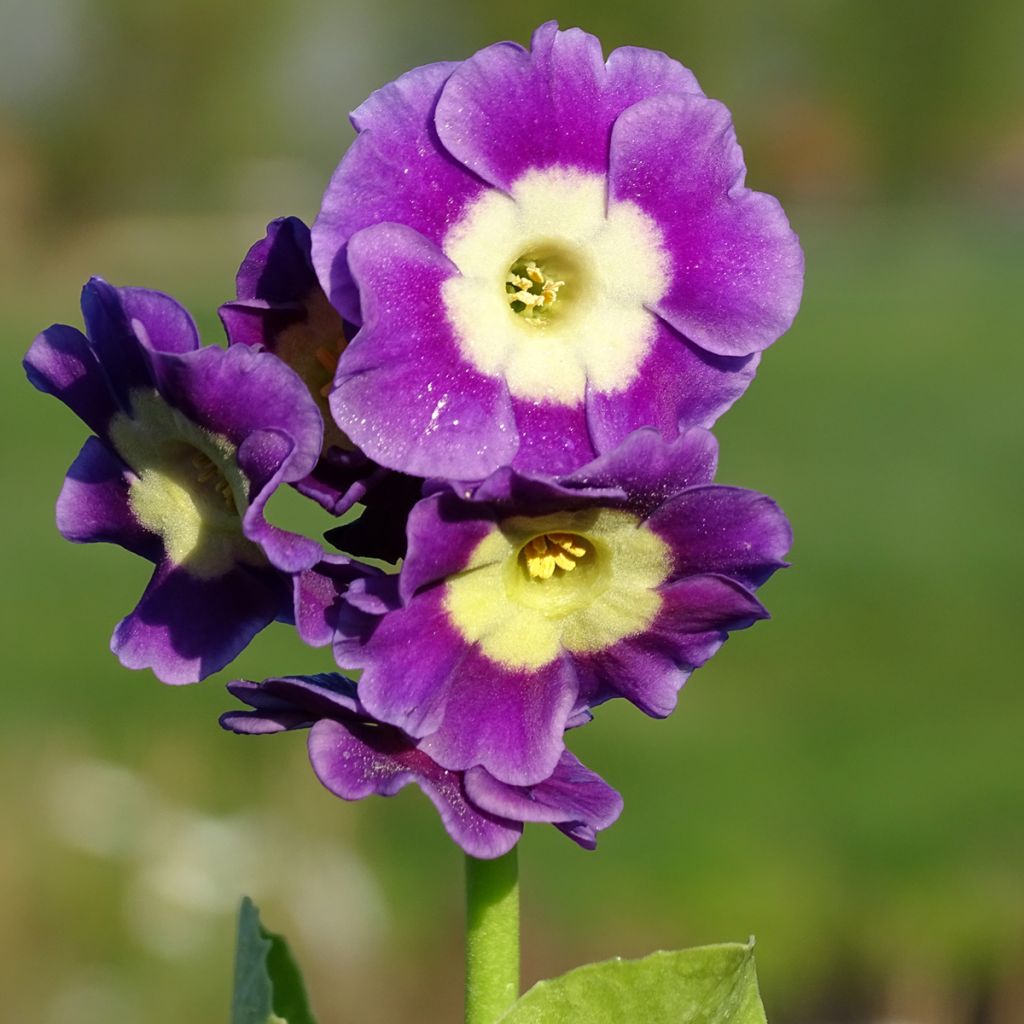

Primula x pubescens - Tyrol Primrose
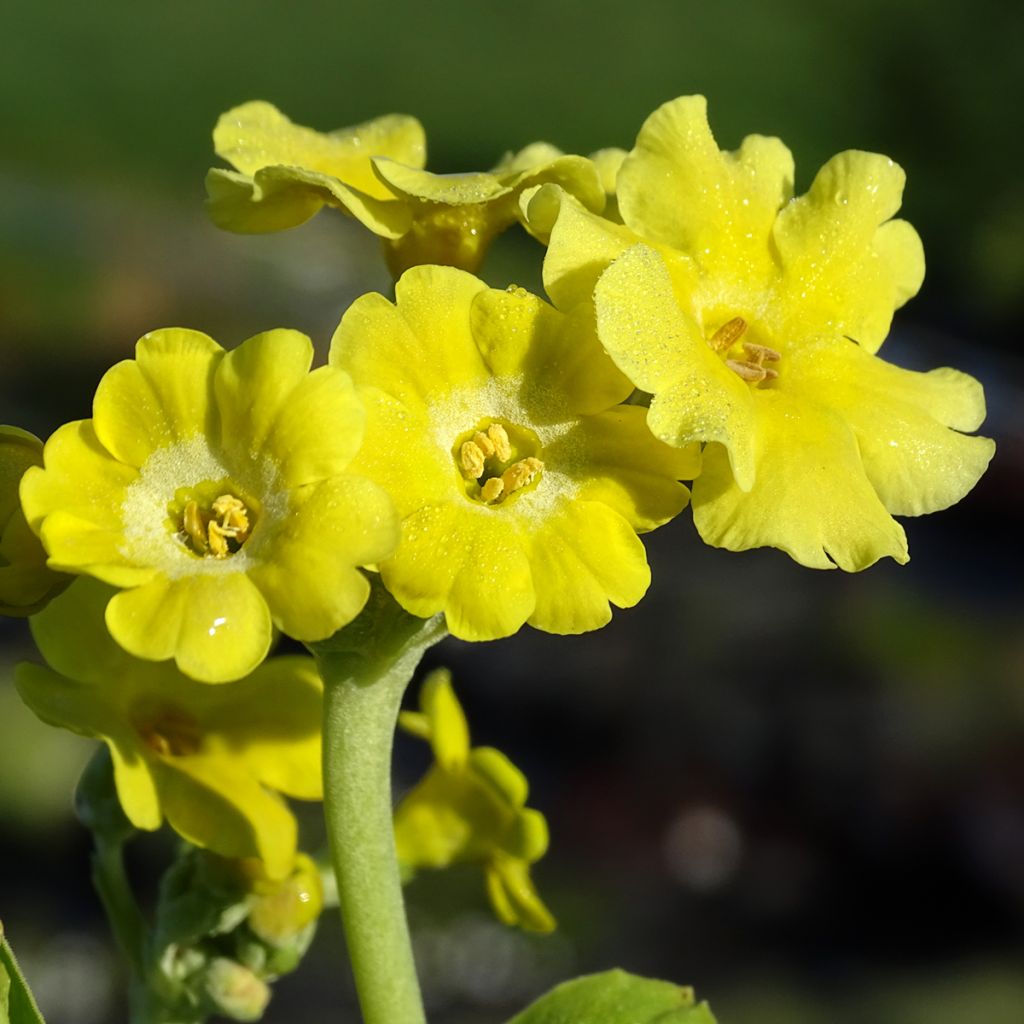

Primula x pubescens - Tyrol Primrose
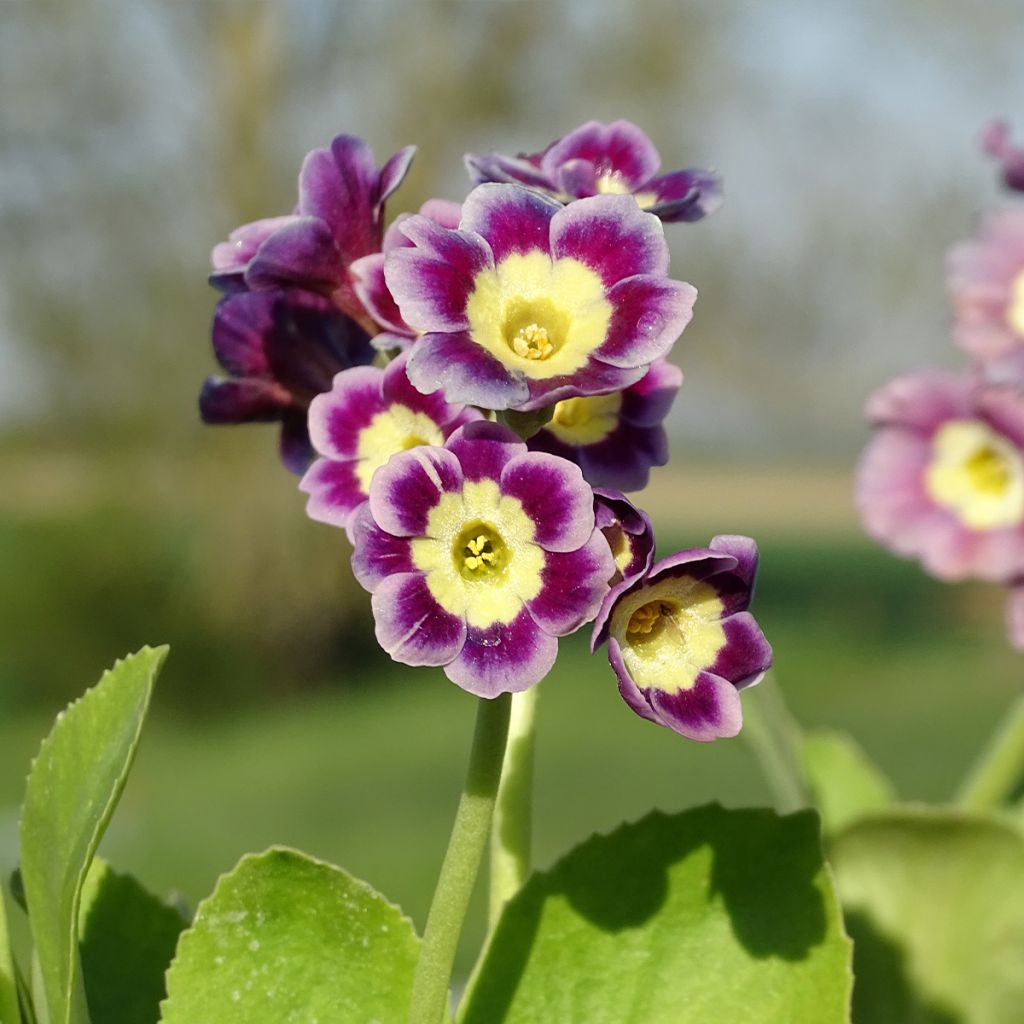

Primula x pubescens - Tyrol Primrose
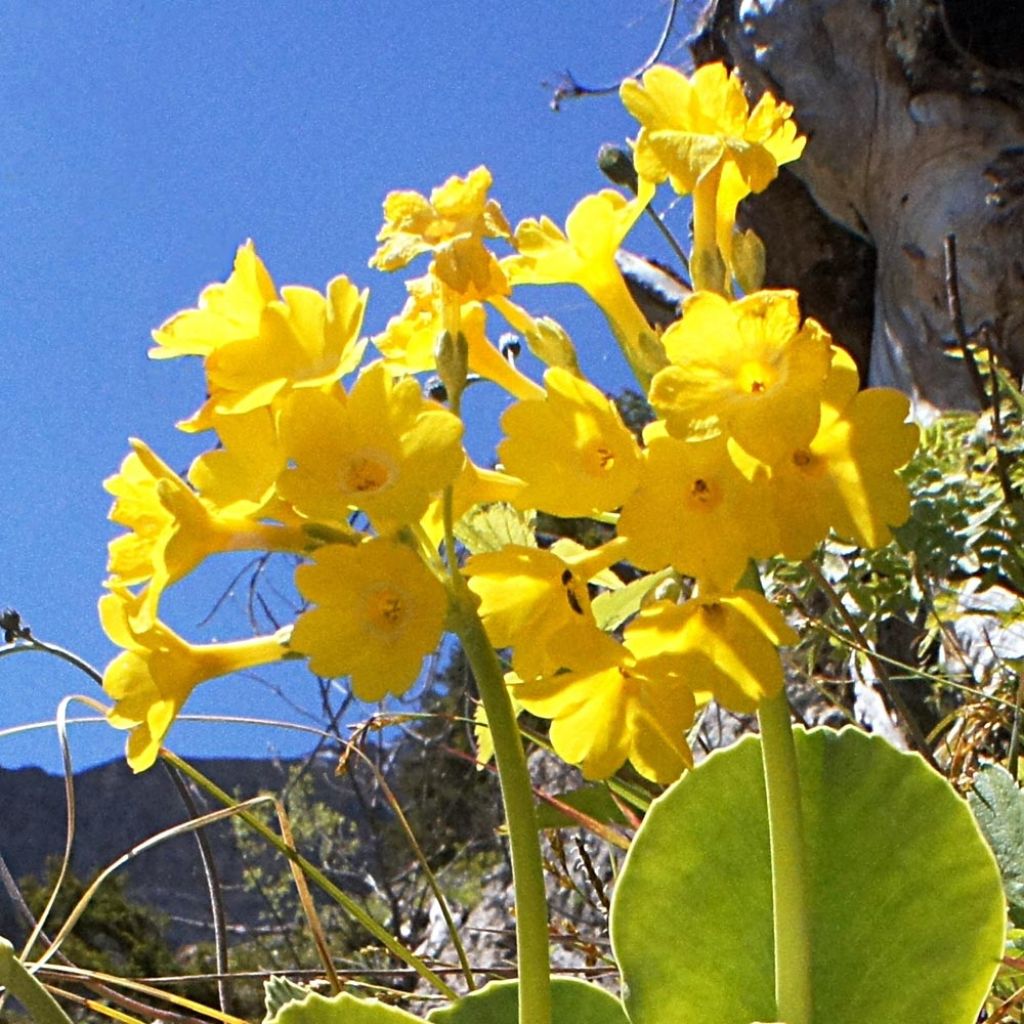

Primula x pubescens - Tyrol Primrose
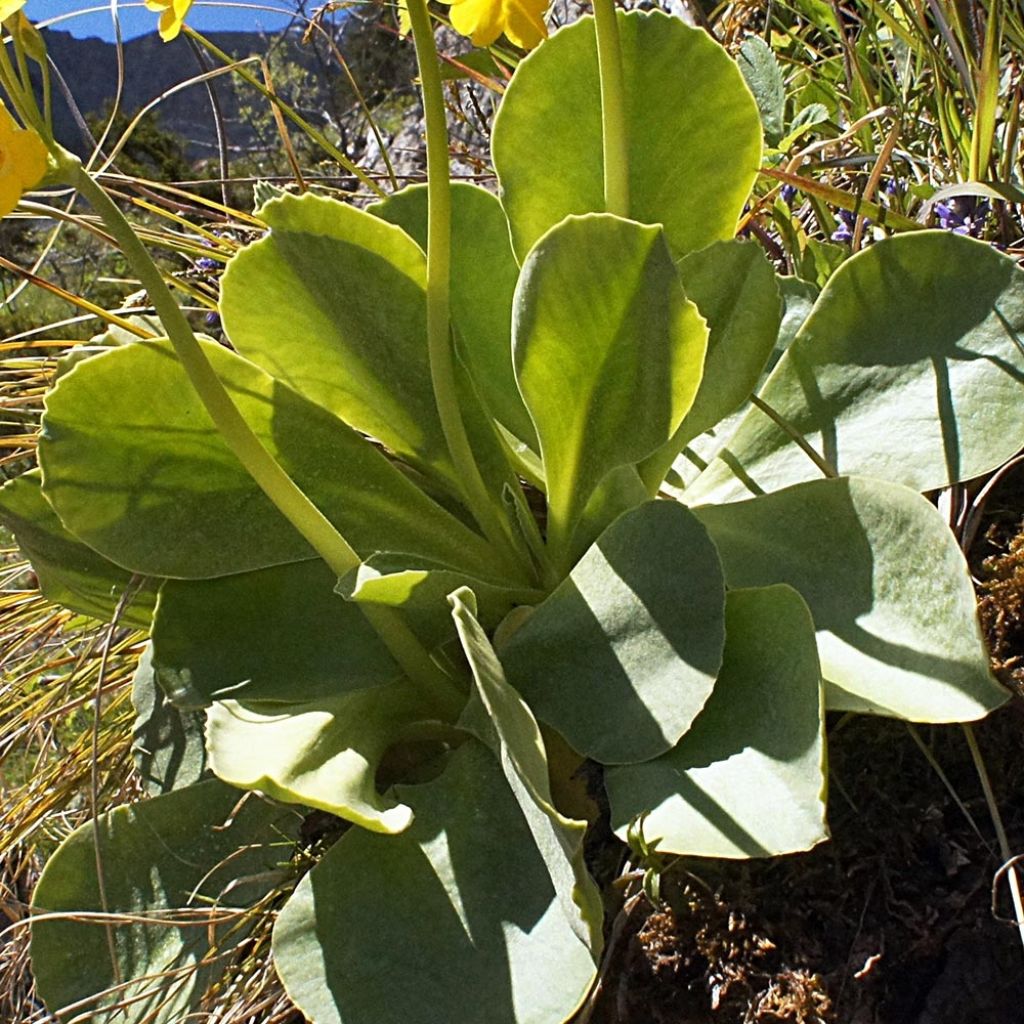

Primula x pubescens - Tyrol Primrose
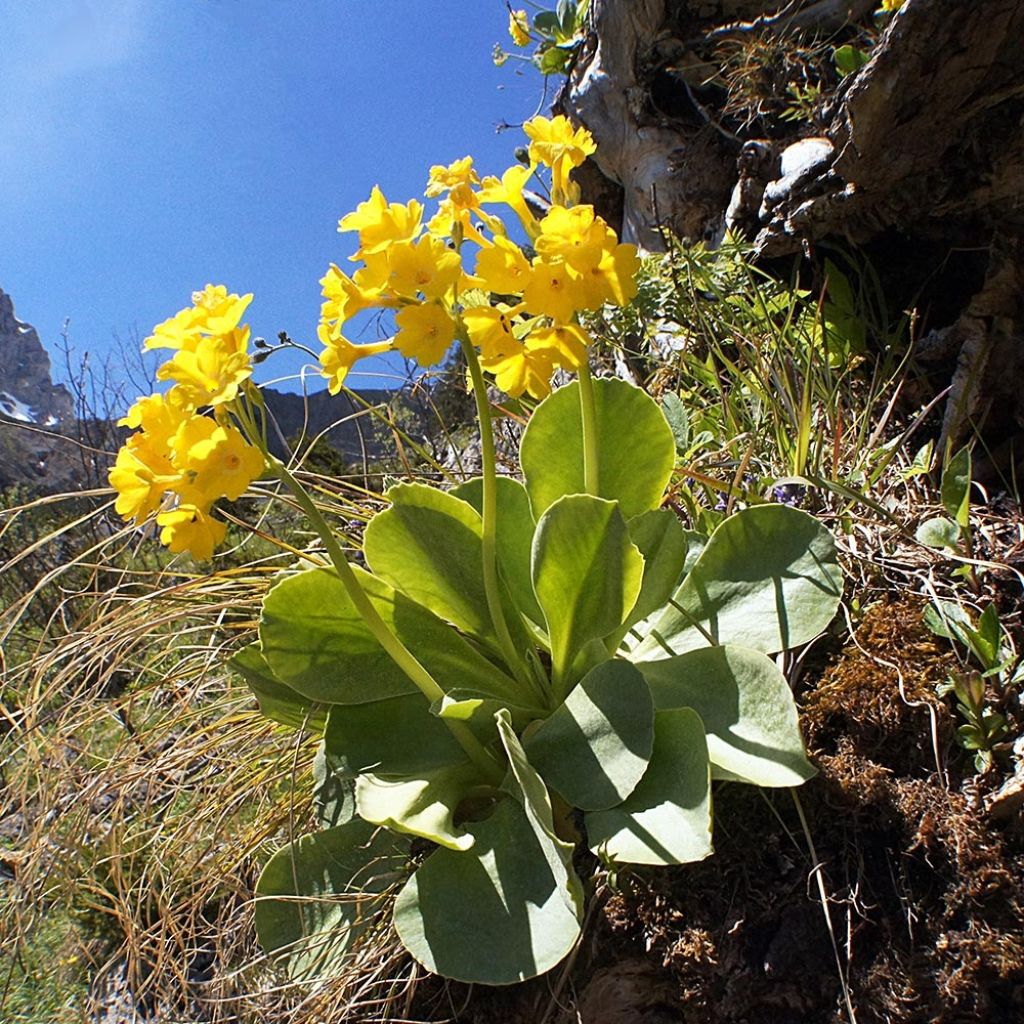

Primula x pubescens - Tyrol Primrose
Primula x pubescens - Tyrol Primrose
Primula x pubescens
Tyrol Primrose, Pubescent Primrose, Bear's ear Primrose, Garden Auricula
This item cannot be shipped to the selected country
Delivery charge from €5.90
More information
Schedule delivery date,
and select date in basket
This plant carries a 12 months recovery warranty
More information
We guarantee the quality of our plants for a full growing cycle, and will replace at our expense any plant that fails to recover under normal climatic and planting conditions.
From €5.90 for pickup delivery and €6.90 for home delivery
Express home delivery from €8.90.
Does this plant fit my garden?
Set up your Plantfit profile →
Description
Primula x pubescens, also known as Garden Auricula, is a Primrose that sparked passions among collectors in the 18th century. This perennial species of horticultural origin forms rosettes of thick, leathery, green to greyish-green leaves, more or less powdery. It produces short stems with clusters of pink to dark purple flowers, almost black, sprinkled with powder, and illuminated by a large yellow eye. It blooms in April-May, in partial shade or in the sun, in any moderately moist to moderately dry and fertile soil, and can be used in rock gardens, borders, or to decorate troughs or pots.
Primula x pubescens belongs to the Primulaceae family, like all primroses. It is a mutation of the Primula auricula species, which appeared in the 18th century. Nicknamed the "Bear's Ear," this primrose from the alpine chain gets its name from its persistent, velvety, greyish leaves that somewhat resemble a "little ear," hence its Latin name auricula. This perennial first produces a rosette of persistent leaves, green to greyish-green, glabrous or powdery, measuring 5 to 10cm (2 to 4in) long, obovate to lanceolate, wide, entire or toothed. In spring, numerous umbels of golden yellow, highly fragrant, flattened flowers, measuring 5 to 20cm (2 to 8in) in height, appear above the foliage.
The garden auricula, on the other hand, has flowers with a wider, lighter yellow centre, sometimes surrounded by a dark or green border. The rounded corolla, ranging from 15 to 25mm (1in) in diameter, has various velvety shades: white, grey, pale green, yellow, pink, red, lavender, purple, or brown. The flowering, more or less fragrant, occurs from April to May, sometimes until June. This perfectly hardy perennial produces spreading clumps that are 30cm (12in) wide and 15cm (6in) high, with rooting shoots, and upright rosettes of thick, leathery, green to greyish-green leaves, more or less powdery.
This primrose is not widely found in our current gardens; it is rather the prerogative of collectors with its original and somewhat sophisticated colours. It appreciates moderately moist to moderately dry, even limestone soils in rock gardens or humus-rich environments. Hardy down to -40°C (1°F), it only requires a sunny location and well-drained soil. It forms elegant, colorful borders with persistent foliage even in winter or decorates troughs with splendour. It also pairs well with alpine plants such as Alyssum, Aubrieta, Arabis, Primula wanda, and P. vialii, as well as Alchemilla mollis or Astilbes. It can also be grown in pots, in a fresh substrate rich in organic matter.
Report an error about the product description
Primula x pubescens - Tyrol Primrose in pictures
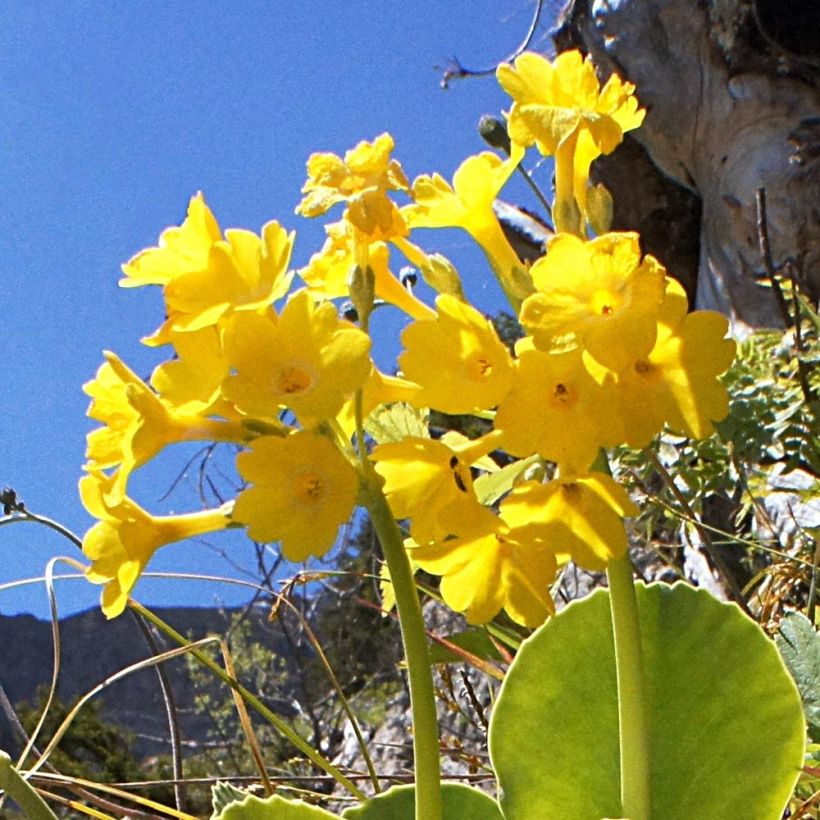

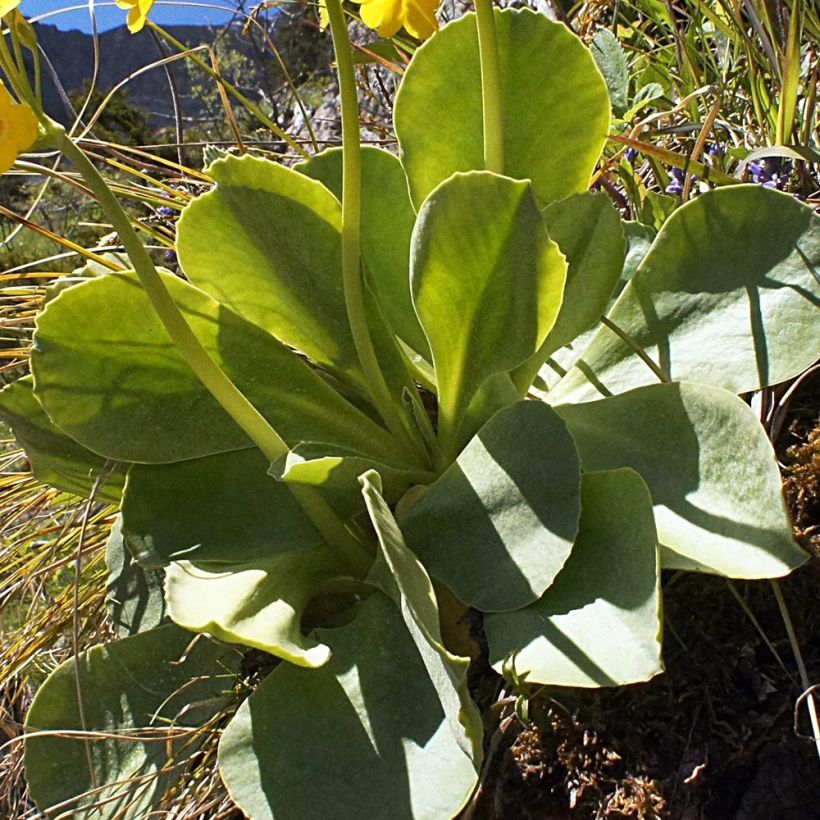

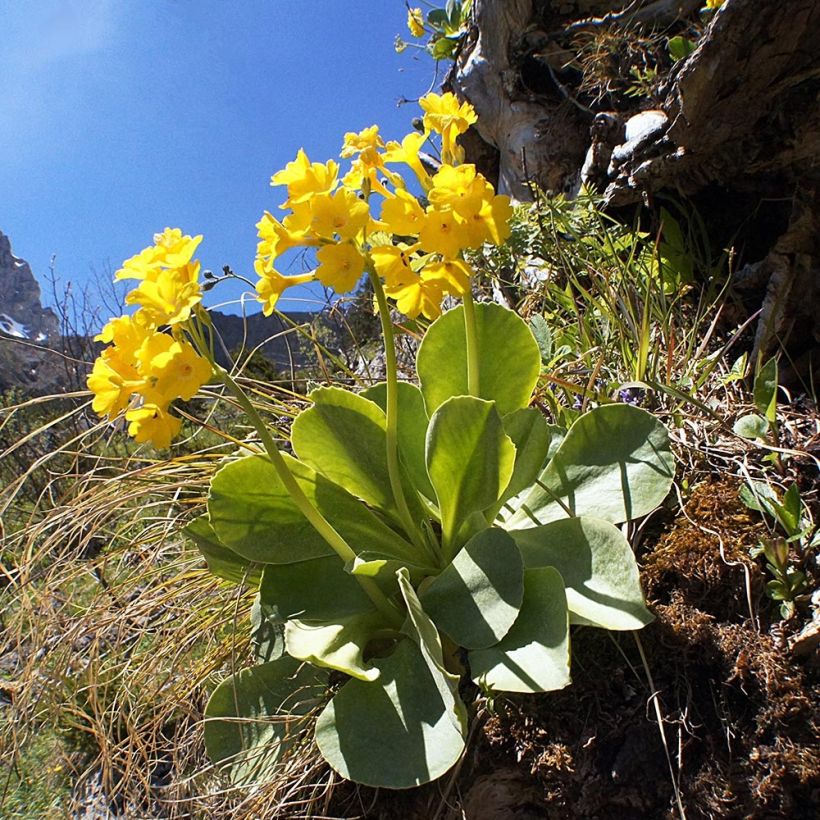

Flowering
Foliage
Plant habit
Botanical data
Primula
x pubescens
Primulaceae
Tyrol Primrose, Pubescent Primrose, Bear's ear Primrose, Garden Auricula
Cultivar or hybrid
Other Primula - Primroses
Planting and care
Primula x pubescens requires a well-drained, moist to moderately dry soil, such as a stony clay soil, even limestone, or humus-bearing soil. Choose a location that is rather sunny to partially shady. Remember to wear gloves when handling it as the plant contains primine, which can cause allergic reactions. Divide the clumps in autumn. Auricula is sometimes prone to rot (botrytis), aphids, spider mites, leafhoppers, weevils, slugs, viruses, and Botrytis.
Planting period
Intended location
Care
-
, onOrder confirmed
Reply from on Promesse de fleurs
Spring flowering perennials
Haven't found what you were looking for?
Hardiness is the lowest winter temperature a plant can endure without suffering serious damage or even dying. However, hardiness is affected by location (a sheltered area, such as a patio), protection (winter cover) and soil type (hardiness is improved by well-drained soil).

Photo Sharing Terms & Conditions
In order to encourage gardeners to interact and share their experiences, Promesse de fleurs offers various media enabling content to be uploaded onto its Site - in particular via the ‘Photo sharing’ module.
The User agrees to refrain from:
- Posting any content that is illegal, prejudicial, insulting, racist, inciteful to hatred, revisionist, contrary to public decency, that infringes on privacy or on the privacy rights of third parties, in particular the publicity rights of persons and goods, intellectual property rights, or the right to privacy.
- Submitting content on behalf of a third party;
- Impersonate the identity of a third party and/or publish any personal information about a third party;
In general, the User undertakes to refrain from any unethical behaviour.
All Content (in particular text, comments, files, images, photos, videos, creative works, etc.), which may be subject to property or intellectual property rights, image or other private rights, shall remain the property of the User, subject to the limited rights granted by the terms of the licence granted by Promesse de fleurs as stated below. Users are at liberty to publish or not to publish such Content on the Site, notably via the ‘Photo Sharing’ facility, and accept that this Content shall be made public and freely accessible, notably on the Internet.
Users further acknowledge, undertake to have ,and guarantee that they hold all necessary rights and permissions to publish such material on the Site, in particular with regard to the legislation in force pertaining to any privacy, property, intellectual property, image, or contractual rights, or rights of any other nature. By publishing such Content on the Site, Users acknowledge accepting full liability as publishers of the Content within the meaning of the law, and grant Promesse de fleurs, free of charge, an inclusive, worldwide licence for the said Content for the entire duration of its publication, including all reproduction, representation, up/downloading, displaying, performing, transmission, and storage rights.
Users also grant permission for their name to be linked to the Content and accept that this link may not always be made available.
By engaging in posting material, Users consent to their Content becoming automatically accessible on the Internet, in particular on other sites and/or blogs and/or web pages of the Promesse de fleurs site, including in particular social pages and the Promesse de fleurs catalogue.
Users may secure the removal of entrusted content free of charge by issuing a simple request via our contact form.
The flowering period indicated on our website applies to countries and regions located in USDA zone 8 (France, the United Kingdom, Ireland, the Netherlands, etc.)
It will vary according to where you live:
- In zones 9 to 10 (Italy, Spain, Greece, etc.), flowering will occur about 2 to 4 weeks earlier.
- In zones 6 to 7 (Germany, Poland, Slovenia, and lower mountainous regions), flowering will be delayed by 2 to 3 weeks.
- In zone 5 (Central Europe, Scandinavia), blooming will be delayed by 3 to 5 weeks.
In temperate climates, pruning of spring-flowering shrubs (forsythia, spireas, etc.) should be done just after flowering.
Pruning of summer-flowering shrubs (Indian Lilac, Perovskia, etc.) can be done in winter or spring.
In cold regions as well as with frost-sensitive plants, avoid pruning too early when severe frosts may still occur.
The planting period indicated on our website applies to countries and regions located in USDA zone 8 (France, United Kingdom, Ireland, Netherlands).
It will vary according to where you live:
- In Mediterranean zones (Marseille, Madrid, Milan, etc.), autumn and winter are the best planting periods.
- In continental zones (Strasbourg, Munich, Vienna, etc.), delay planting by 2 to 3 weeks in spring and bring it forward by 2 to 4 weeks in autumn.
- In mountainous regions (the Alps, Pyrenees, Carpathians, etc.), it is best to plant in late spring (May-June) or late summer (August-September).
The harvesting period indicated on our website applies to countries and regions in USDA zone 8 (France, England, Ireland, the Netherlands).
In colder areas (Scandinavia, Poland, Austria...) fruit and vegetable harvests are likely to be delayed by 3-4 weeks.
In warmer areas (Italy, Spain, Greece, etc.), harvesting will probably take place earlier, depending on weather conditions.
The sowing periods indicated on our website apply to countries and regions within USDA Zone 8 (France, UK, Ireland, Netherlands).
In colder areas (Scandinavia, Poland, Austria...), delay any outdoor sowing by 3-4 weeks, or sow under glass.
In warmer climes (Italy, Spain, Greece, etc.), bring outdoor sowing forward by a few weeks.

































